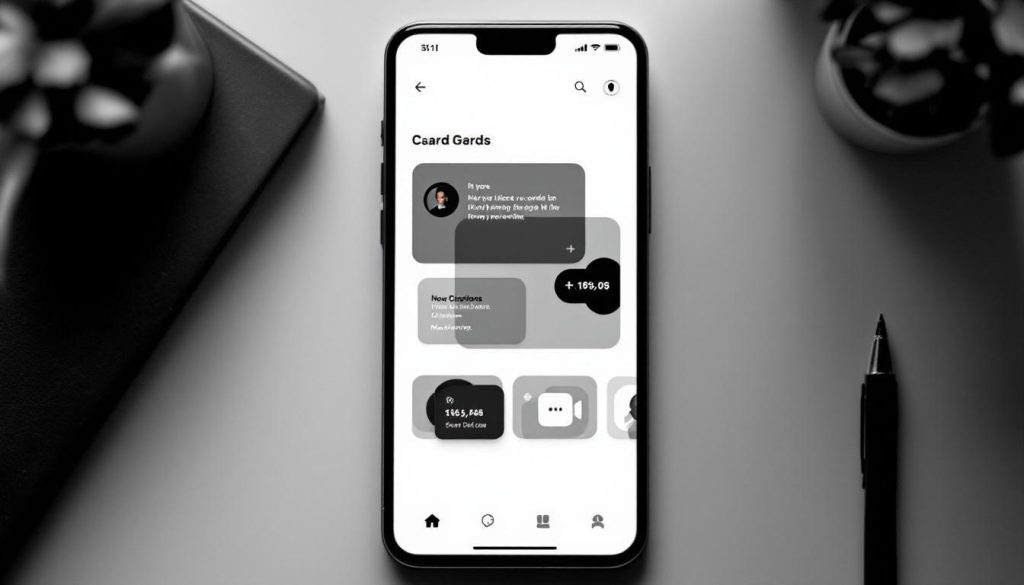Android 16 represents the latest iteration in Google’s flagship mobile operating system, rolling out earlier than in previous years and initially available on Pixel devices before expanding to other manufacturers such as Samsung, OPPO, and OnePlus later in 2025. This early rollout signals Google’s intent to cement a broader ecosystem advantage with timely updates and to lay the foundation for enhanced mobile experiences across various brands.
One of the defining features of Android 16 is the introduction of the Material 3 Expressive design. This design overhaul aims to deliver a more vibrant, flexible, and accessible user interface, prioritising both ease of use and customisation. For example, Gmail has already begun receiving the Material 3 Expressive update, which transforms its interface with a card-based email list, a bolder ‘Compose’ button featuring a solid pencil icon, a smaller search bar accompanied by a profile icon, and an enlarged bottom navigation bar with prominent Meet and Email icons. New swipe gestures now include a pill-shaped button animation, adding a dynamic and visually appealing element to user interaction. This server-side rollout signals a phased approach, with wider adoption expected shortly, extending beyond Gmail to other core Android applications.
Alongside visual enhancements, Android 16 improves notification management with smarter, real-time updates, inspired by iOS’s Live Activities feature. Users can now receive live notifications, such as updates on food delivery or ride-share services, without needing to reopen the app. Moreover, Android 16 introduces auto-grouping of notifications, which tidies the notification panel by bundling multiple alerts from the same app, thereby reducing clutter and enhancing usability. Samsung’s Now Bar and similar features on OPPO and OnePlus devices are set to integrate these live alerts, indicating cross-brand cooperation to improve notification fluidity.
In terms of accessibility, Android 16 enhances support for hearing devices by allowing users to switch audio input to their phone’s microphone during calls, providing improved clarity in noisy environments. The update also introduces native hearing aid controls integrated directly into Android settings, enabling users to adjust volume, switch presets, and manage microphone settings seamlessly. These features are compatible with LE Audio hearing aids, reflecting a commitment to accessibility and inclusivity within the OS.
On the security front, Google has concurrently released its August 2025 update for Pixel devices. This maintenance release addresses a critical vulnerability (CVE-2025-48530) that previously allowed remote code execution without user interaction, marking a significant step in safeguarding user devices. While the monthly update does not introduce new features, it fixes bugs related to scheduled dark mode, back gesture functionality, and 3-button navigation to enhance overall device stability. Along with this, Google has simplified activation of its strongest mobile device protection, termed One-Tap Advanced Protection, which guards against online threats, harmful apps, unsafe websites, and scam calls. This feature is designed with public figures and security-conscious users in mind, signalling an ongoing focus on robust mobile security.
Looking ahead, the forthcoming Android 16 QPR1 update promised for next month is expected to bring further UI refinements aligned with the Material 3 Expressive ethos. Anticipated changes include refreshed animations, a redesigned notification shade, and an improved Quick Settings layout, likely coinciding with the launch of the Google Pixel 10. These progressive updates hint at Google’s roadmap to continuously evolve both the aesthetic and functional aspects of the Android platform to meet modern user needs.
Together, these developments underscore Android 16’s dual emphasis on design innovation, real-time interactivity, accessibility enhancements, and fortified security, marking a significant step forward in the Android operating system’s evolution.
📌 Reference Map:
- Paragraph 1 – [1], [2], [4], [6]
- Paragraph 2 – [1], [3], [5], [7]
- Paragraph 3 – [1]
- Paragraph 4 – [1]
- Paragraph 5 – [2], [4], [6]
- Paragraph 6 – [2], [4], [6]
Source: Noah Wire Services

